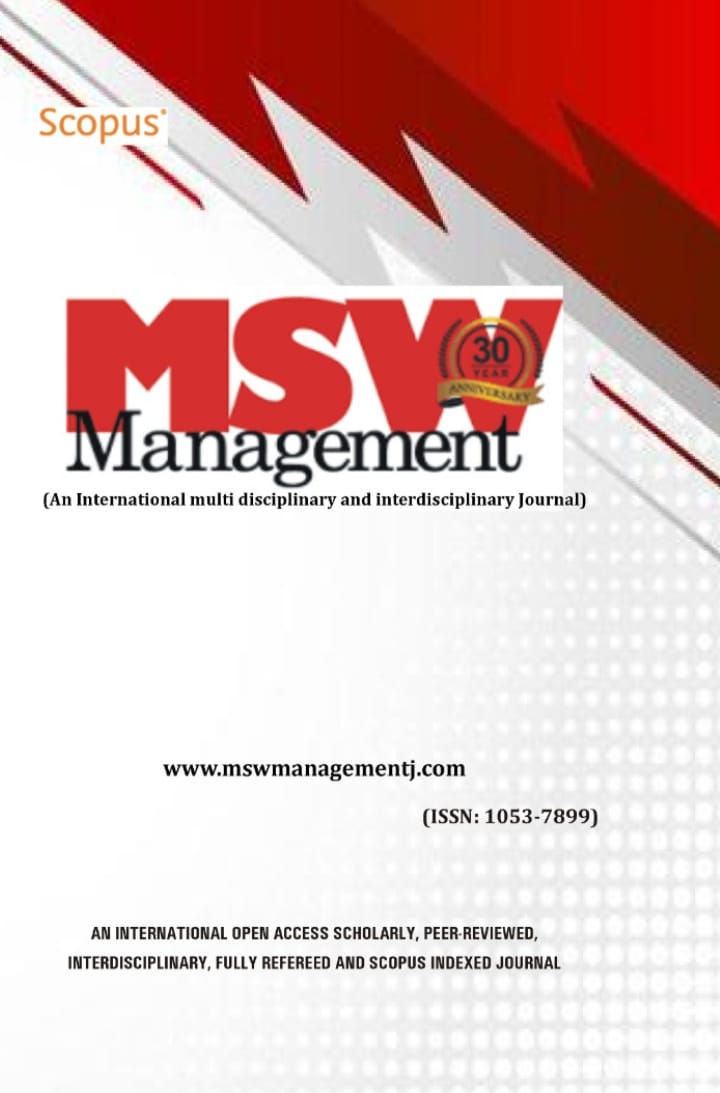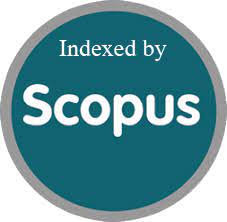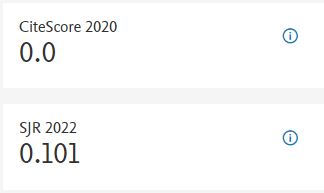The Future of AI Enabled Medical Device Engineering: Integrating Predictive Analytics, Regulatory Automation, and Intelligent Manufacturing
DOI:
https://doi.org/10.7492/wr4fbj02Abstract
This essay explores the convergence of artificial intelligence (AI) and medical device engineering within three critical concepts: predictive analytics, regulatory automation, and intelligent manufacturing. When AI and its offshoots first arrived in healthcare in the mid-2010s, its prognosis was bleak. The software was error-prone, and its medical applications were both limited in variety and shallow in scope. Since then, systems engineering teams within medtech companies and health tech providers developed enhanced software and subsequently recorded meaningful gains in patient healthcare outcomes. Marketing campaigns introducing these success stories showcased any number of impressive anecdotes, and the narrative looking forward was bright. Better and better medical devices would continue to be produced because their engineering process was being heavily augmented by more and more advanced AI systems. In turn, greater patient demand would be fueled thanks to device availability, leading to cloud-connected redundancy. Meanwhile these predictive analytics driving the broader feedback loop would improve upon themselves reflecting a virtuous cycle. On top of all this, additive and computer-assisted fabrication techniques would mature and spread, facilitating the high-throughput production of medical devices both vast and varied. Considering the thousands of firms worldwide employing systems engineering and the prospect of mature AI—where such technologies are classified according to a fuzzy line—this essay evaluates the technology industrial base as impressively diverse and evolved; the focus here is on just a few representative trends.

















